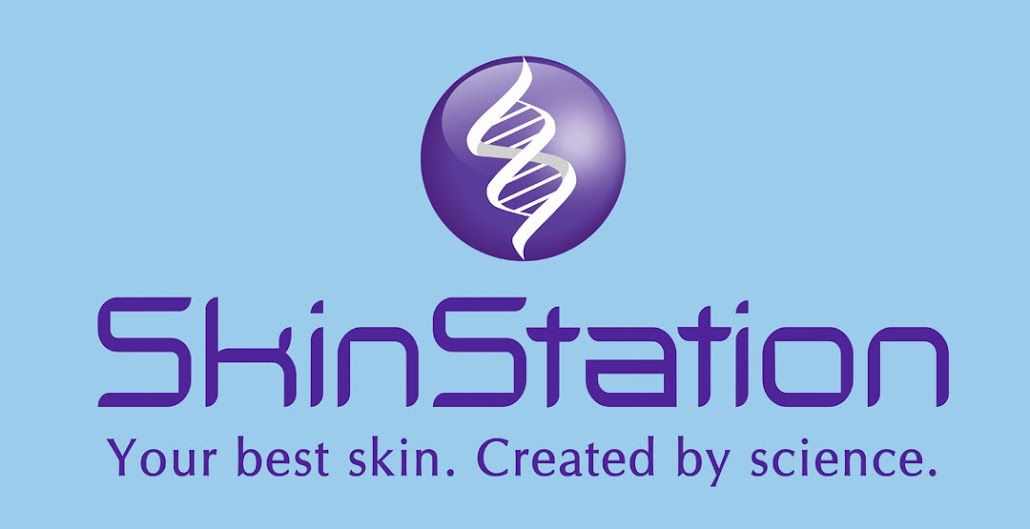Radiofrequency for Skin Firming

Radiofrequency (RF) in dermatology gained popularity
in the last decade. RF is a popular treatment option for skin firming and
tightening on face and body. RF energy is delivered to the deep dermis and
sub-dermal layers of the skin, while protecting the outer layers of skin.
Heating the deeper dermis and subcutaneous layers causes collagen contraction.
Over time, new collagen is produced by the body to further tighten the skin.
RF machines are either monopolar (unipolar) or
bipolar, which refer to the number of electrodes on the handpiece. In a monopolar
device, the current from the RF machine flows through the body from a single
electrode in the handpiece. A grounding, or “return pad” is used, attached to
the patient’s lower back or ankle, to provide a low resistance path for the
current to flow back to the generating machine, to complete the electrical
circuit. Thermage is an example of a monopolar RF device used for facial
rejuvenation.
A biopolar device has two electrodes on its
handpiece. With bipolar delivery, the current from the generating machine flows
only through the tissue which is between the two electrodes on the handpiece;
these electrodes start and complete the electrical circuit. Hence, with bipolar
delivery, no current flows through the rest of the body, so no grounding or
return pad is needed.
In all cases of RF delivery types, it is the
resistance to the current flow in the tissue, not the electrode that generates
the heating effect.
Newer improved treatment methods to further
enhance patient comfort and results have been developed since Thermage was
introduced in 2004. Some variations of these RF devices are:
a) Dual Handpiece.
A biopolar handpiece is used for volumetric dermal heating for skin
tightening treatments; and a monopolar one for a deep controlled penetration
depth of the RF energy for fat reduction and cellulite treatment.
 |
| Multipolar RF in SkinStation |
b) Tripolar
(or Multipolar). The handpiece simultaneously combines the effects of
mono-polar and bipolar radiofrequencies in a single treatment. The use of
multi-frequency RF is claimed to produce better results with less pain.
RF treatment is best suited for patients with
mild to moderate sagging of skin, usually those in their mid 30s to 50s. It is
commonly used to lift brows and tighten forehead skin, tighten and lift the
upper cheek skin, diminish jowling and sagging along the jaw line, and lessen
wrinkling of the neck. It is also used to firm up loose skin around the belly, especially
after a weight loss regimen. In combination with vibrating mechanism, RF can
temporarily lessen cellulites.
Some people may experience mild redness
immediately following treatment, but this usually disappears quickly. Most
people find that they can return to normal activities immediately after
treatment. A treatment session can last about 25-30 minutes and are usually recommended once every 2 weeks with an average of 6 sessions in a facial firming program. This may be followed by a maintenance session once every 2 months. For body shaping, it is recommended to have a course of 8 to 10 sessions, once every 1 to 2 weeks, in conjunction with a slimming regimen.






